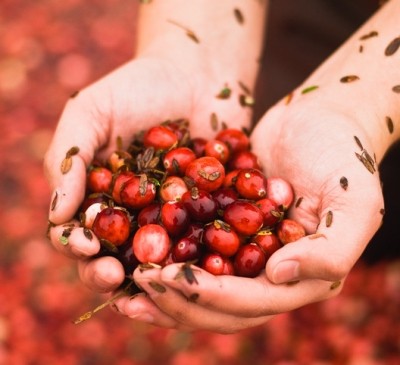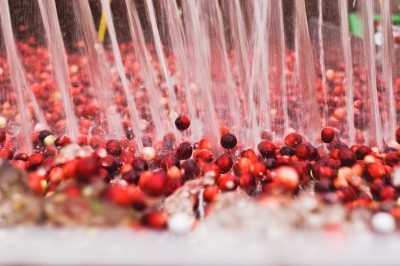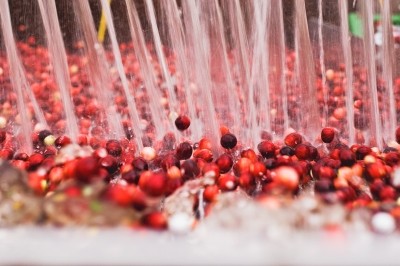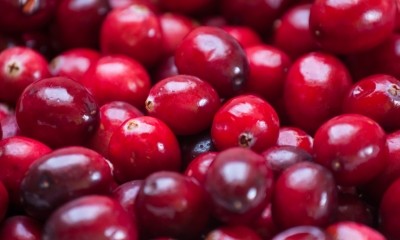BAP bulletin details adulteration of increasingly popular cranberry supplements
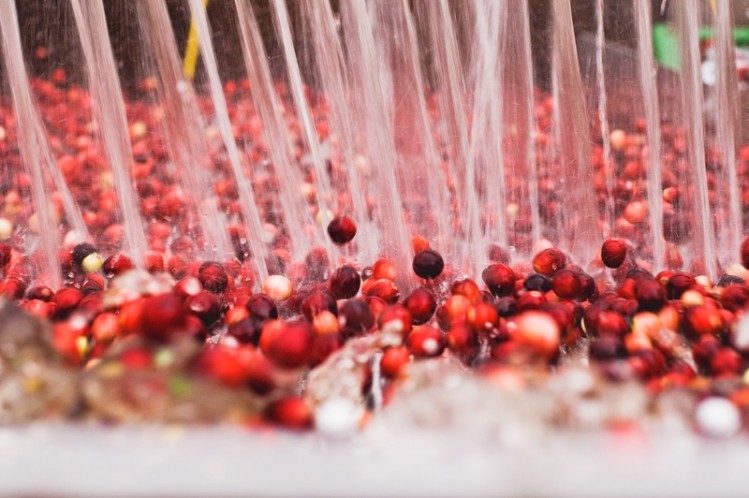
Supplements based on cranberry are booming in popularity, which unfortunately makes room for adulterators to ply their trade. The new bulletin outlines the common adulterants for this botanical that have been seen on the market and details the analytical methods that can be applied to this material, which like many botanical ingredients that are rich in proanthocyanidins, can be a challenge to precisely identify.
The bulletin is part of the ongoing Botanical Adulterants Program, which is spearheaded by the American Botanical Council in cooperation with the American Herbal Pharmacopoeia and the National Center for Natural Products Research.
Market growth blows lid off
There have been rumors of cranberry adulteration in the market for a number of years now. Judging from anecdotal evidence, this was at a fairly low level until quite recently. But market growth seems to have blown the lid off of this situation. Documenting the size of the market for the particular botanical of interest is one of the features of the bulletins and the cranberry market is booming.
According to data from market research firm SPINS, which is quoted in the bulletin, sales of supplements based on cranberry almost doubled in the 2013-2016 time frame in the natural sales channel, going from $3.9 million in 2013 to $7.5 million in 2016. Cranberry supplements rose from the rank of 20th best seller to No. 11 in that time. And in the mainstream channel, sales rose 66%, from $48.6 million to $74 million.
“It’s unusual that we would see that kind of sales increase,” said Stefan Gafner, PhD, chief science officer of ABC. Gafner came to the organization several years ago to help boost the rate of publication of the bulletins and other publications in the program. Gafner wrote the bulletin in collaboration with coauthor Thomas Brendler.
“That’s the largest sales increase for a botanical that I have seen in the 12 bulletins I’ve been involved with,” Gafner told NutraIngredients-USA.
The growth of the market has afforded a venue for all kinds of sellers to hawk their wares, Gafner said. A search on alibaba.com using the term “cranberry extract” brings up at least 500 hits, with prices advertised as low as $1 per kilogram. The bulletin notes that typical market prices range from $150 per kilo up to $600 per kilo, depending on the specification.
“If you go on Alibaba the prices are unbelievably low. And sometimes the images they are using are of blueberries or lingonberries,” Gafner said.
“With cranberry, we have gotten complaints about adulteration, and three companies have sent us analytical data on adulteration, which is unusual,” he said.
Lower cost adulterants showing up
The bulletin documents that the first adulterants which started to show up on the market were sourced from grape skins, but as the market has expanded, lower cost adulterants that have similar hues have turned up, notably from black beans and the skins of red peanuts. This appearance of the latter adulterant is one of the things, along with the market growth, that drove ABC to move the publication of this particular bulletin to the front burner.
“We have certain guidelines we follow when determining the publication schedule. One of these is if there is a safety concern. In this case there is the peanut allergy issue, which is one of the reasons cranberry has been higher on the list,” Gafner said.
The bulletin lays out several analytical tools that can be used to help identify this botanical. As with other berry or fruit-type ingredients, this can be a challenge. Among the tools that can elucidate this situation are techniques that can distinguish between A-type and B-type linkages in the proanthocyanidins, or PACs. Some mass spectrometry techniques can be of use here, including a mass spectrometry technique called MALDI-TOF (matrix assisted laser desorption ionization-time of flight).
Stakeholders need to take ownership of category
Stephen Lukawski, a business development consultant who collaborates with Canadian supplier Fruit d’Or, said the new bulletin will help shed light on an ongoing issue in the marketplace. Fruit d’Or has been touting its chain of custody bona fides for several years now, which includes DNA testing for its ingredients.
“The adulteration of cranberry has been an ongoing issue and hasn’t come to the forefront until now. I won’t say it’s an epidemic, but it has been a concern. We have even seen cases of ‘cranberry’ ingredients cut with maltodextrin dyed to look like cranberry powder,” he said.
“We can’t put price ahead of consumers’ health. The stakeholders in the industry, suppliers like Naturex and ourselves, need to work together to find ways to fight adulteration. Suppliers who are credible and want to be in the business for the future should be expected to step up and spend the money on testing,” Lukawski said.
For more information on the cranberry bulletin, click here.
